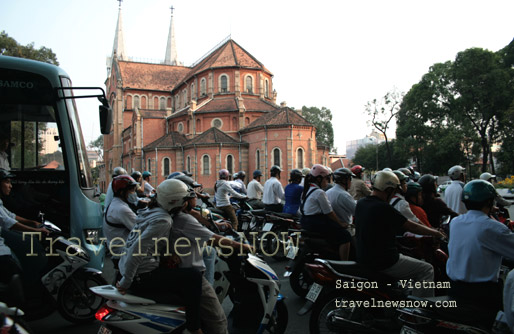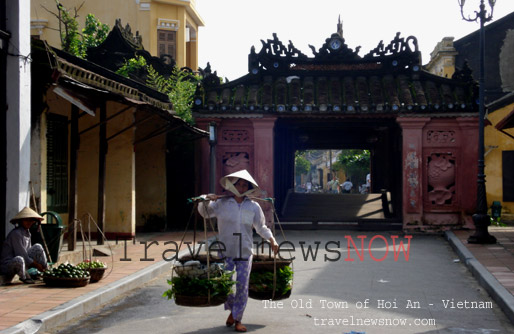The wet rice civilization is known to have begun in Vietnam for thousands of years ago and rice has since been the staple food in the Vietnamese diet. In Vietnam to have a meal means mostly to eat rice with something else. Steamed rice is the foundation of the Vietnamese meals.
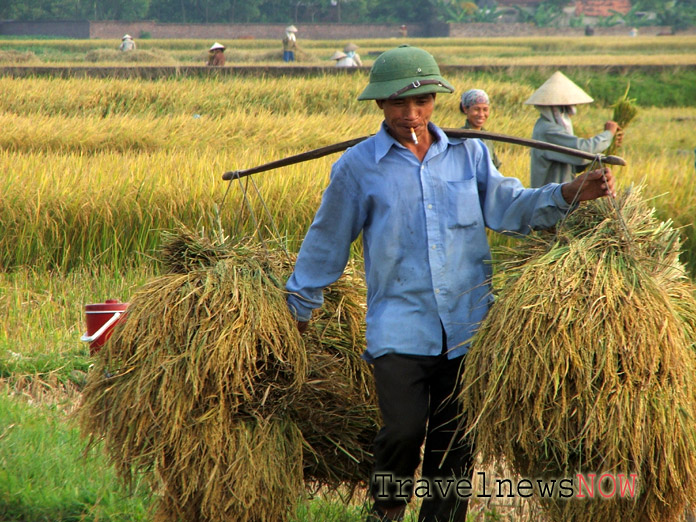
Harvesting rice in North Vietnam
Regular rice is not as sticky as glutinous rice, it is healthier and lighter and easier to digest. While you can use your hands for eating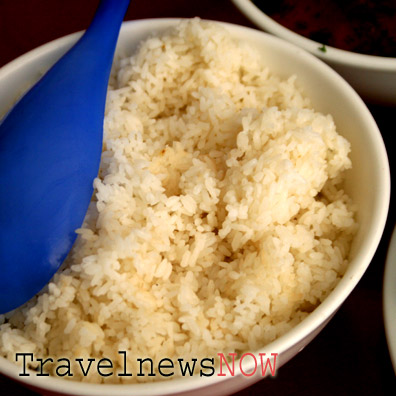 sticky rice conveniently, it is not the case with regular rice. Steamed rice is no hand food and tools are required. Chopsticks were invented and seems the most suitable tool for eating steamed rice till now. The Vietnamese were definitely among the first people in Asia (and the world) to use chopsticks.
sticky rice conveniently, it is not the case with regular rice. Steamed rice is no hand food and tools are required. Chopsticks were invented and seems the most suitable tool for eating steamed rice till now. The Vietnamese were definitely among the first people in Asia (and the world) to use chopsticks.
There used to be 2 types of chopsticks in each family: Mother chopsticks with flat blade for stirring the rice while boiling/steaming and for taking rice from the cooker to a bowl; and small chopsticks (in the shape of a cylinder) for eating. Nowadays only the latter is used thanks to the advent of electric cookers.
From plain rice grains, there are several different dishes which are made: steamed rice (Com), porridge (Chao), Bun (vermicelli), My (rice noodle), Banh Da Nem (rice paper), Gao Rang (roasted rice), Banh Da (rice crackers),… Steamed rice is the most used dish and the most important dish of the Vietnamese food.
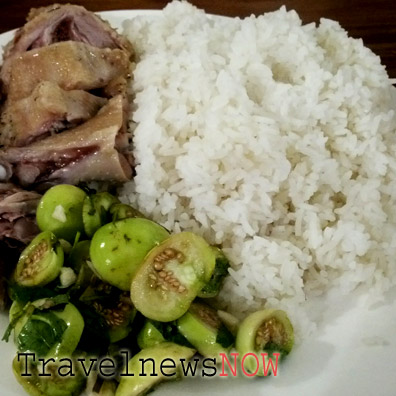 There are different types of regular rice but Tam Thom (meaning fragrant rice) is the best as it is soft and sticky, and it gives a unique pleasant smell to the diner. If you cook Tam Thom and open the lid of the cooker, your house is almost instantly permeated with the pleasant smell. The flavors are so lovely that you can eat the rice alone without the need for accompaniments. And even when it is cold after the meal, the softness and flavors are still wonderful.
There are different types of regular rice but Tam Thom (meaning fragrant rice) is the best as it is soft and sticky, and it gives a unique pleasant smell to the diner. If you cook Tam Thom and open the lid of the cooker, your house is almost instantly permeated with the pleasant smell. The flavors are so lovely that you can eat the rice alone without the need for accompaniments. And even when it is cold after the meal, the softness and flavors are still wonderful.
Gao Tam is a tiny piece at the head of a rice grain which breaks off from the grain during the cracking process. This piece is nutritious, sticky, healthy and fragrant. This piece is too small and it is unaffected going through the rice polishing machine. This means Gao Tam retains all the original nutrition of a rice grain. Many people mistake Gao Tam for broken rice. Yes, Gao Tam is a part of a rice grain, but it is only the head of a rice grain. If you break a rice grain you won’t get Gao Tam for certain!




